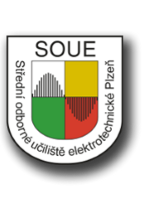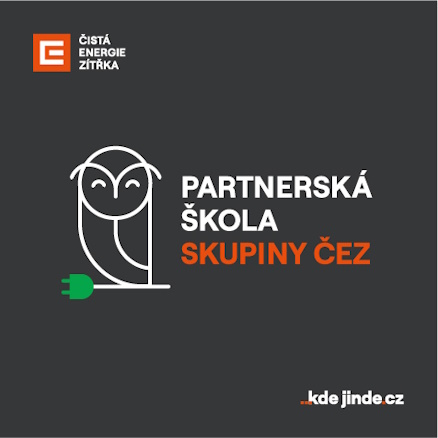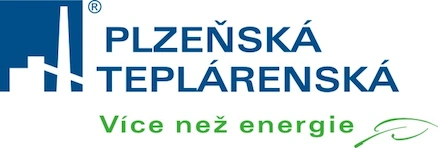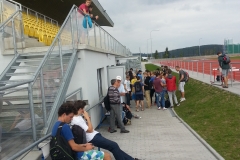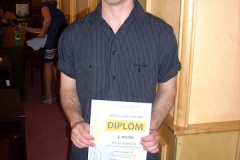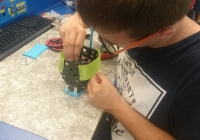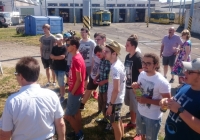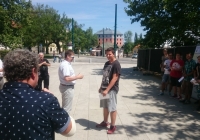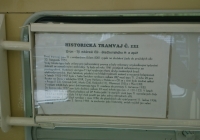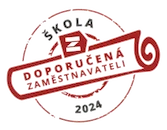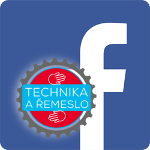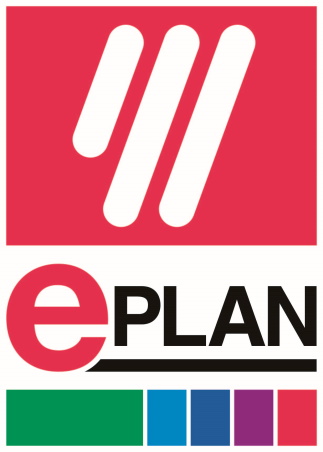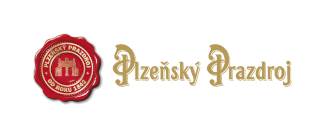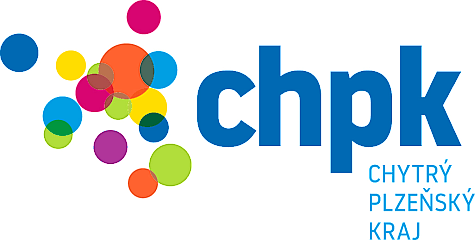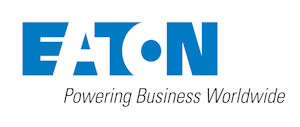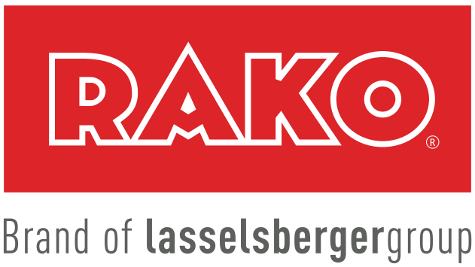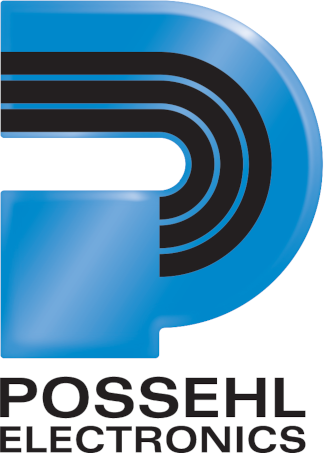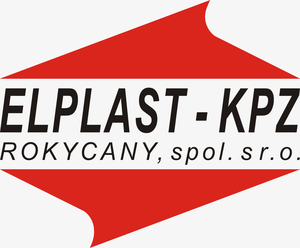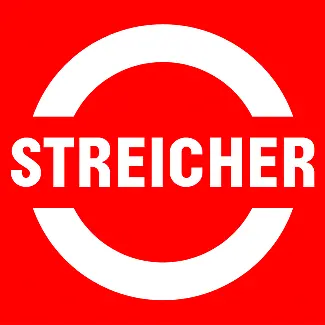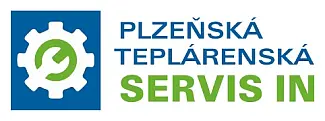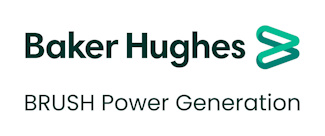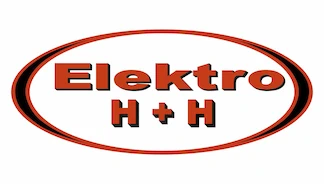Erasmus+ Programme – Strategic Partnership
Project Nr: 2017-1-CZ01-KA219-035417
Event host organization: Gminne Centrum Edukacji w Wawrzenczycach, Poland
Report of the learning activity C3 in Poland
1st day June 3rd, 2018
During the first day all groups (Spain, Romania and the Czech Republic) arrived in Poland. We spent the afternoon in Wieliczka visiting Salt Mine. In the evening we came to Wawrzenczyce, where students met their host families.
The Wieliczka Salt Mine, located in the town of Wieliczka in southern Poland, lies within the Krakow metropolitan area. Opened in the 13th century, the mine produced table salt continuously until 2007, as one of the world’s oldest salt mines in operation. Throughout, the royal mine was run by the Župy krakowske Salt Mines company.
Commercial mining was discontinued in 1996, because of salt prices going down and also mine flooding. The mine is currently one of Poland’s official national Historic Monuments, whose attractions include dozens of statues and four chapels carved out of the rock salt by the miners, as well as supplemental carvings made by contemporary artists.
2nd day June 4th, 2018
In the morning we were welcomed by Polish teachers and students in a big classroom. Our project week was officially commenced.
At first there were integration games led by students. Then our students had a possibility to get to know a variety of information about Poland discussing with Polish students using pictures, music, posters or videos.
After a short break there were presentations about Polish education system, skansens in Poland, traditional food, their school and typical stereotypes about Poland.
In the afternoon we visited a village museum Dobranowice and a typical farm house of our Polish students.
The evening was filled with village traditions. Local hunters prepared barbecue for us and we could also enjoy listening to a local folk band in traditional costumes. During this evening the mayor of the Iglomia- Wawrzenczyce Commune joined us and as well as some teachers and parents.
After dinner and the folk music concert we continued with music. We were dancing traditional Polish and Romanian dances.
3rd day June 5th, 2018
After breakfast we got on a bus and went to Igolomia Palace to have a short tour. We learnt about the history and excavations in the region.
Then there were prepared four different workshops in the Palace garden. All students were divided into international groups and then they were watching the craftsmen. Later everybody could try knitting, embroidery or to make a lavender wreath and a willow tree whistle. Some of the final products looked really nice.
In the afternoon we went by bus to Cracow to the Ethnographic museum. There were very interesting photos of an everyday rural life in 20th century. We could also enter into an original stable, classroom, village house or smithery.
The late afternoon we spent walking around the Jewish District Kazimierz
Kazimierz is a historical district of Krakow and Krakow Old Town. Since its inception in the fourteenth century to the early nineteenth century, Kazimierz has been an independent city, a royal city of the Crown of the Polish Kingdom, a location south of the Old Town of Kraków Old Town, separated from it by a branch of the Vistula river. For many centuries, Kazimierz was a place of coexistence and interpenetration of ethnic Polish and Jewish cultures. Its north-eastern part of the district was historic Jewish, whose Jewish inhabitants were forcibly relocated in 1941 by the German occupying forces into the Krakow ghetto just across the river in Podgorze. Today Kazimierz is one of the major tourist attractions of Krakow and an important centre of cultural life of the city.
4th day June 6th, 2018
In the morning everybody met at school where all participants played interactive games organized by Polish students.
Later we got on bus and went to Cracow to meet our city guide. His English was great so we could really enjoy his interesting stories about Cracow history. We didn´t miss the Main Square, university and Wawel-Cracow castle.
The Wawel Castle is a castle residency located in central Krakow, Poland. Built at the behest of King Casimir III the Great, it consists of a number of structures situated around the Italian-styled main courtyard. The castle, being one of the largest in Poland, represents nearly all European architectural styles of mediaeval, renaissance and baroque periods. The Wawel Royal Castle and the Wawel Hill constitute the most historically and culturally significant site in the country. In 1978 it was declared UNESCO World Heritage Site as part of the Historic Centre of Krakow.
Kraków, also spelled Cracow or Krakow, is the second largest and one of the oldest cities in Poland. Situated on the Vistula River in the Lesser Poland region, the city dates back to the 7th century. Kraków has traditionally been one of the leading centres of Polish academic, cultural and artistic life and is one of Poland’s most important economic hubs. It was the capital of the Crown of the Kingdom of Poland from 1038 to 1569; the Polish-Lithuanian Commonwealth from 1569 to 1596 the Free City of of Krakow, from 1815 to 1846; the Grand Duchy of Cracow from 1846 to 1918; and Krakow Voivodeship from the 14th century to 1998. It has been the capital of Lesser Poland Voivodeship since 1999.
After this tour we all had lunch in a typical Polish restaurant in the centre of the town.
Then back to school and thanks to good weather students and some teachers were happy to take part in sport activities such as football, volleyball and relays.
5th day June 7th, 2018
Today there was a long bus trip to Nowy Sacz which is a town located in the hills near the Slovakian border. After two hours we arrived at Skansen. With a nice Polish guide we visited many old rural houses of poor and also rich farmers, churches and an old school with two classrooms and a flat for a teacher´s couple.
Then we moved to another part of the skansen which was a replica of an old town. The most interesting parts were an old post office and a dentist´s surgery.
After lunch we visited the Bee Skansen where we learnt how honey is made. In the end we could taste the honey and also buy some bee products. In our tour there was also a wax workshop included. Nobody got stung – luckily.
6th day March 9, 2018
This day we spent in the Etnographical Park in Wygielzow. At the beginning we were divided into two groups because there were two different workshops. During the first one we learnt about each step of bread making process called from a grain to bread. And the other one was about pottery. Some of us tried the pottery wheel which was powered only by feet.
Than we continued to the last step of our program which was the online quiz about places and activities of our stay in Poland. And after pizza, disco and selfie time it was very difficult to say goodbye.
Thanks to Polish teachers and as well as students who organized their project week really well we could enjoy our stay a lot. Not only the interesting program, many integration games but also living by hosting families was a great and new experience for our Czech students. They were all on friendly terms with their “new parents” and they still are in touch with their Polish friends.
Enclosures:
Program of the activity
Participating lists
Confirmation of the attendance
Power point presentations – Polish system of education, the school, open – air museums in Poland, traditional Polish meals – recipes, stereotypes
